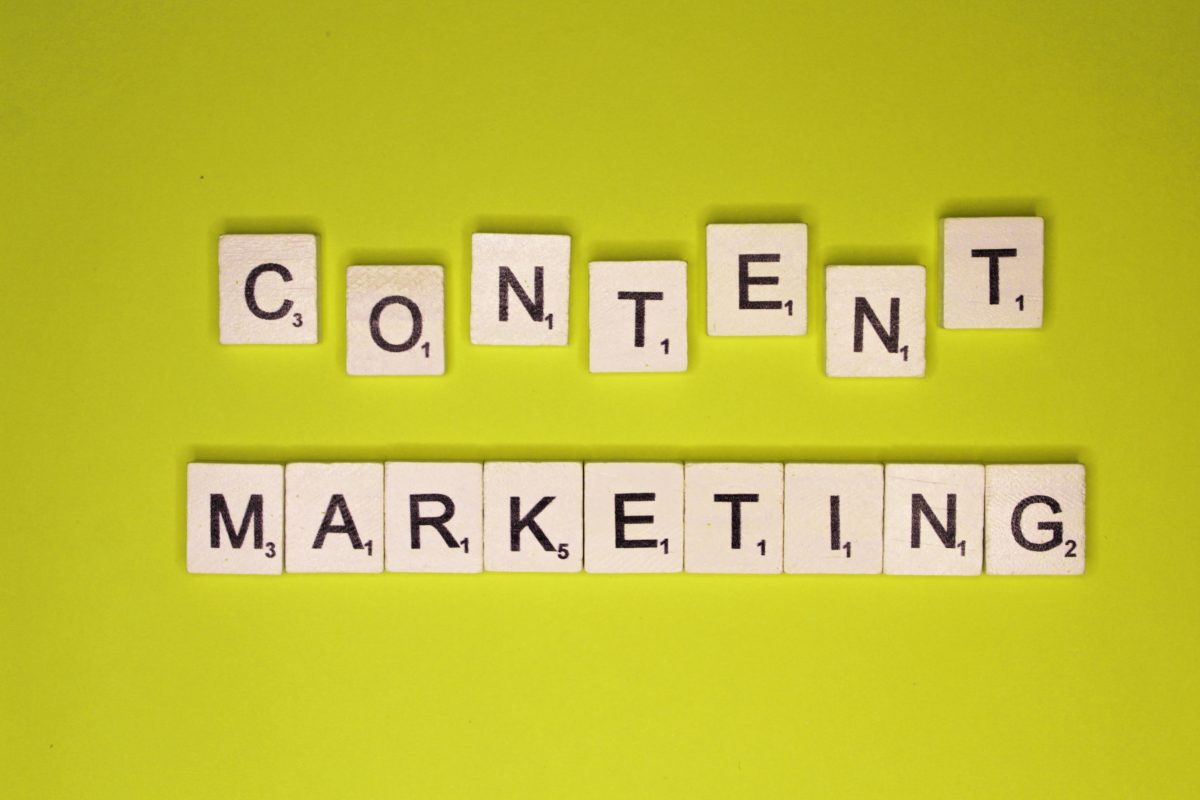Inbound vs. Outbound Marketing: Which is the best choice?
Every marketer’s goal is to reach the right audience with marketing strategies.
Are you looking for customers who are ready to buy or those who don’t even know what they need yet?
The answer to this question is the difference between inbound and outbound marketing. Both strategies are successful when used at different times and often even in combination.
While in outbound we are looking for customers by actively delivering our message, in inbound marketing, we use tools to attract customers.
In essence, inbound marketing is intended for people who are already looking for a solution or product, so it shows the message only to those who may be interested in it, and outbound marketing reaches everyone indiscriminately, interested or not.
Combining both marketing strategies might be the key to increasing from a short and long-term perspective.
Table of Content:
1. What is Outbound marketing?
Outbound marketing is in line with traditional marketing strategies: finding customers without knowing if they are interested in your product or service. With outbound marketing, you are delivering your message to everyone, whether they are interested or not. That’s why outbound marketing is also called “interruption marketing“. Examples of outbound channels are radio, TV, newspaper, magazines, email, social media ads or cold calling.

2. What is Inbound Marketing?
Instead of sending general messages to a mixed audience who may not be interested in your product or service, with Inbound Marketing, you can attract the customers with the highest potential to convert. This marketing strategy allows these customers to find your brand by offering valuable content aligned with their needs and answering the questions they are looking for.
3. Inbound Marketing vs. Outbound Marketing: What are the main differences?
In its most basic forms, outbound marketing uses push tactics, while inbound marketing uses pull tactics. Overall, the two strategies do differ in:
- Audience engagement;
- Brand positioning;
- Messaging;
- Data and distribution.

4. What are the problems with outbound marketing?
This is a one-way communication in which the message is general and focused on the product and why people should buy it. The biggest problem with this technique is that it may not be relevant to customers’ needs and does not effectively distinguish at what stage of the buying funnel each person is.
We live in an information-rich society where companies are constantly vying for our attention. That is why consumers have developed an automatic behaviour of “avoiding” this information overload that reduces the chance of a company’s message being seen. There are many strategies to improve visibility through the most attractive and engaging choice of location, form and content.
5. Why could inbound marketing be a better choice?
While outbound is looking for customers, inbound focuses on visibility so that your target audience reaches you.
The inbound marketing methodology involves creating content your audience wishes to see, such as a blog article, infographics, email newsletters or social media posts. The main goal is to get readers to interact with your content by reading and sharing it. That will allow you to build trust and create a positive impression of your brand, which could be helpful in a future purchasing decision.

6. How can you promote your content?
To attract people, you first need to study their problems, find a solution and write it. For that, it’s recommended to o develop a buyer persona to get a clear insight into who your audience is and whom you intend to attract. There are various ways, tools and strategies in inbound marketing. We will look at them in detail in our upcoming articles:
From attracting your target audience with valuable content, and getting them to visit your website to let that audience ideally become your brand ambassadors, these tools will guide and coach your customers from brand awareness throughout the consideration stage until the purchase decision.
LAST UPDATE ON APRIL 2024



